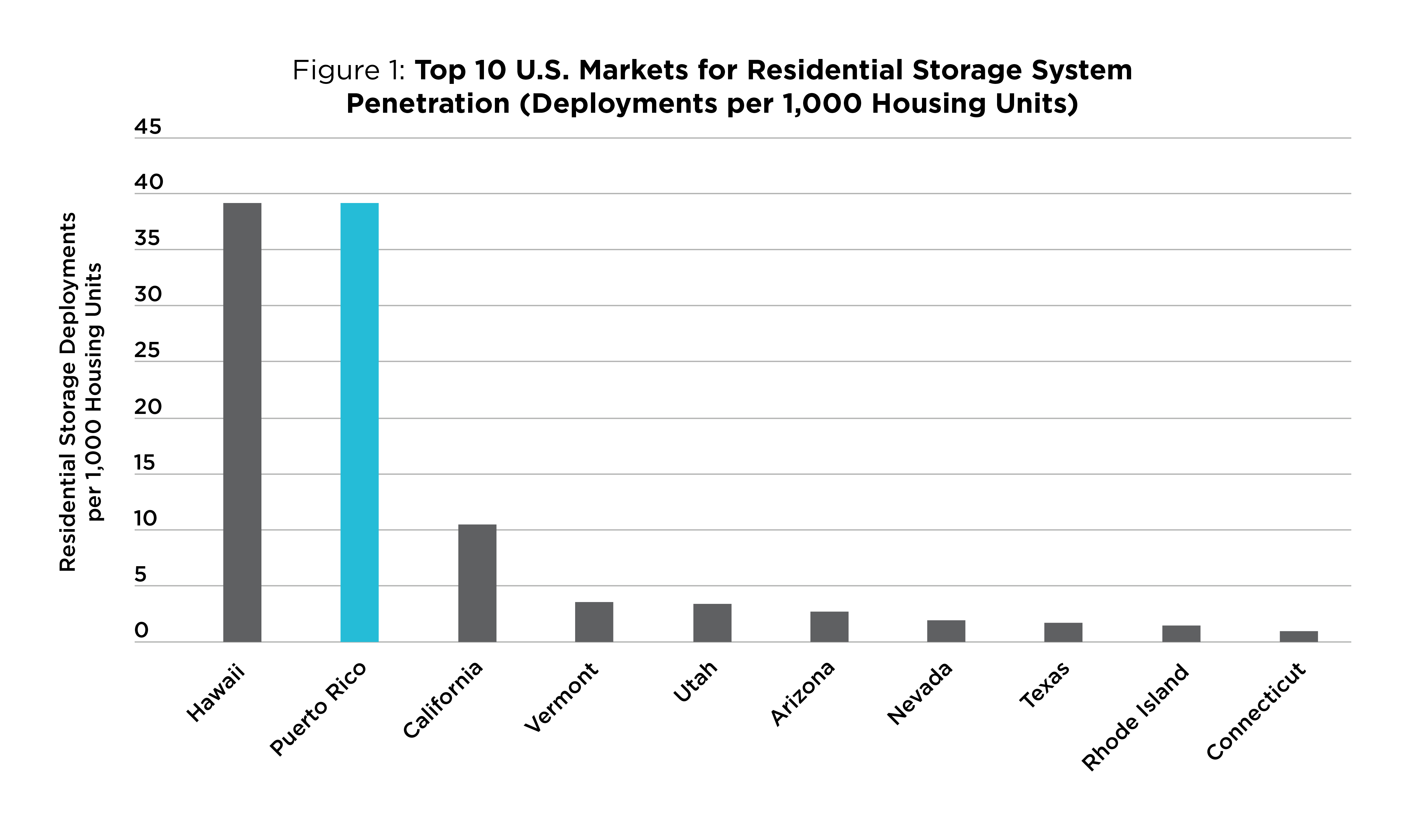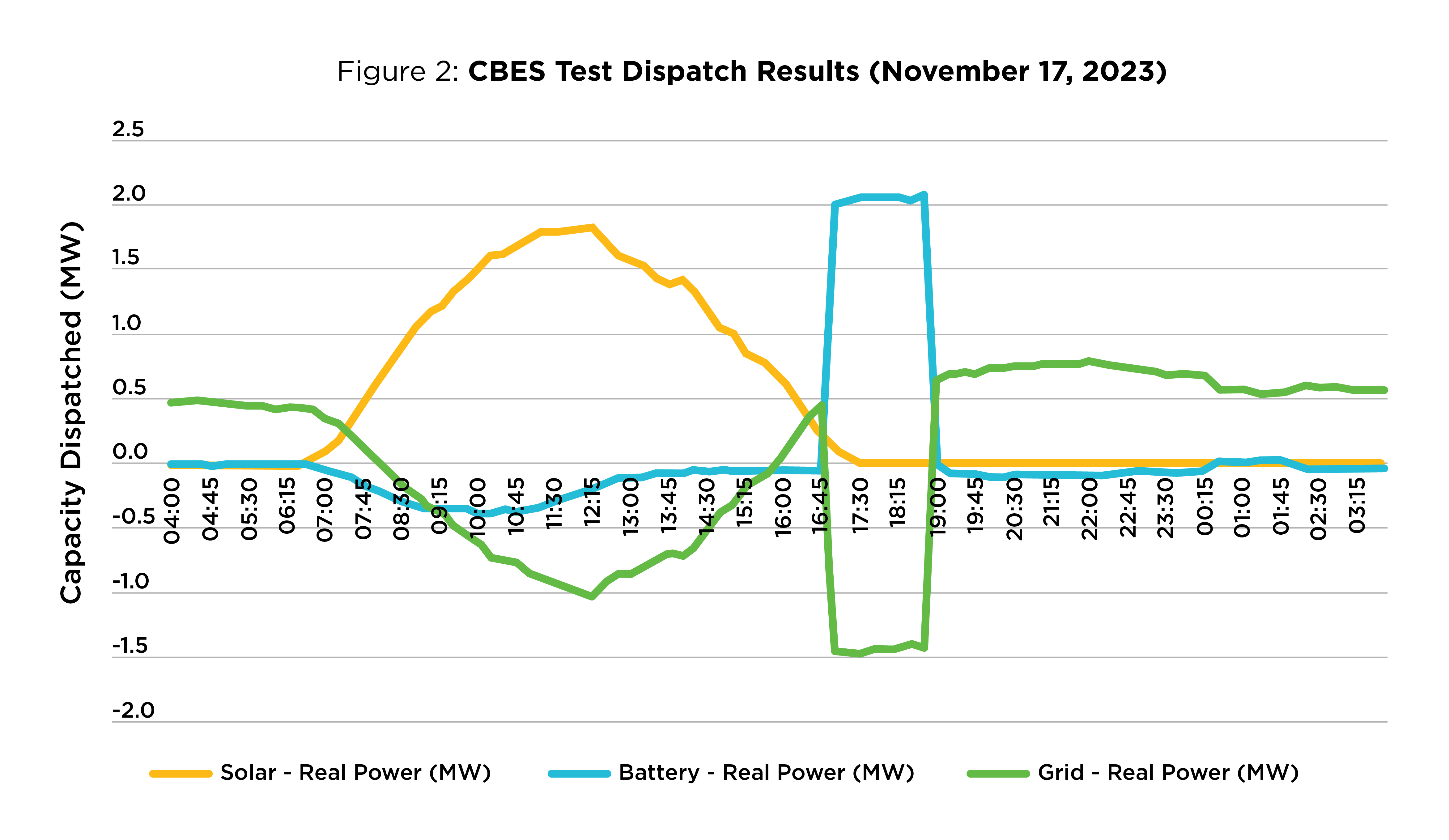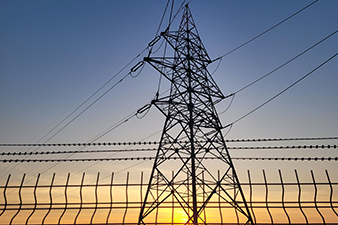
Evolving from a legacy rooted in demand response (DR), the term VPP applies to aggregations of distributed energy resources (DERs) that are actively controlled to provide grid services to electric utilities or wholesale markets. Today, VPPs may include a broad range of technologies, including traditional DR, rooftop solar PV, distributed battery storage, electric vehicles, smart thermostats, and smart water heaters.
A key value proposition is that VPPs can be tailored to meet specific grid needs. In a recent report, the U.S. Department of Energy notes “VPPs are a tool used for flexing distributed demand and supply resources with a level of dexterity that has historically only been possible in flexing centralized supply.”
One jurisdiction that illustrates the value and flexibility of VPPs is Puerto Rico. While most electric utilities or grid operators may implement a single VPP, Puerto Rico is currently deploying two VPPs. The VPPs are designed to provide different grid services, yet both will improve system reliability.
The rapid deployment of VPPs in Puerto Rico provides key lessons to the broader industry.
Hurricane Damage Drives Grid Modernization and DER Adoption in Puerto Rico
In September 2017, Hurricanes Irma and Maria destroyed much of Puerto Rico’s transmission and distribution systems. Following the storms, the island heavily invested in grid recovery and modernization.
These efforts are being led by the Puerto Rico Electric Power Authority (PREPA) and LUMA Energy (LUMA). PREPA owns and operates electric generation, transmission, and distribution facilities in Puerto Rico. In 2020, LUMA was selected to operate, maintain, and modernize PREPA’s electricity transmission and distribution system. Both entities are regulated by the Puerto Rico Energy Bureau (Energy Bureau).
In addition to a focus on grid modernization, Puerto Rico’s energy policies encourage the adoption of DERs. Customer-sited systems benefit from a robust net energy metering policy, fast interconnection (i.e., requests must be approved in 30 days), and financial incentives (i.e., federal investment tax credit).
The result is a high penetration of DERs on the island. At the end of 2023, Puerto Rico was home to roughly 1,400 MW of residential solar PV and 530 MW of residential battery storage.
The high penetration of DERs makes Puerto Rico well positioned to develop and deploy VPPs. For example, consider the market penetration of residential battery storage. When normalized for the number of housing units, Puerto Rico ranks a close second behind Hawaii, while California is a distant third (see Figure 1). With the abundance of DERs, Puerto Rico has found opportunities to develop and deploy two VPPs.

Integrated Resource Plan Includes a VPP Capable of Integrating Variable Renewables
In August 2020, the Energy Bureau approved a new integrated resource plan. The initial plan required PREPA to deploy renewable energy and battery storage resources. Subsequent orders required the procurement of distributed battery storage resources to be operated as a VPP.
After a competitive bidding process, Sunrun was selected in December 2022 to be the resource provider to develop a 17 MW VPP. The company expects to network together more than 7,000 solar-plus-battery storage systems installed on the island.
Once operational, the VPP will provide “demand build services” and “demand reduction services.” Demand build services may be requested to increase load or reduce the energy delivered to the electric grid. These services may be requested from 10:00 AM to 2:00 PM. During periods of excess solar production, this resource could be used to charge customer-sited battery storage systems.
Conversely, demand reduction services will be dispatched to reduce load or deliver energy to the electric grid. These services may be requested from 6:00 PM to 10:00 PM, which is likely to prompt the discharging of customer-sited battery storage systems to meet high evening peak loads.
Battery storage systems enrolled in the VPP will maintain adequate backup reserves, thereby allowing customers to leverage onsite backup power in the event of a grid outage. Sunrun expects to begin dispatching the VPP in 2024.
Second VPP Included in Energy Efficiency and Demand Response Plan
In February 2023, the Energy Bureau approved an energy efficiency and DR plan to be implemented by LUMA. In subsequent orders, the Energy Bureau prioritized customer-sited battery storage as a DR resource.
With this direction, LUMA designed the Customer Battery Energy Sharing (CBES) Initiative. The CBES Initiative is a VPP that can be deployed when the system is unable to meet forecasted energy requirements with available generation resources, thereby avoiding rolling outages. The program opened for customer enrollment on November 1, 2023.
LUMA is implementing the VPP with the assistance of third-party “DR aggregators.” Five companies have signed contracts to serve as DR aggregators: Fortress Power, Sonnen, Sunnova, Sunrun, and Tesla. The DR aggregators are responsible for enrolling customers, dispatching battery resources, and compensating participants for energy provided.
LUMA compensates DR aggregators with a standard, non-negotiable performance-based payment of $1.25/kWh for energy provided during grid events. Much of this compensation is passed through to enrolled customers. Some DR aggregators are paying customers $1.00/kWh for energy provided during grid events.
In November 2023, LUMA conducted a test dispatch to ensure functionality of the VPP. LUMA issued an event notice, instructing DR aggregators to dispatch energy from customer batteries the following day. The test was a success as roughly 500 batteries provided approximately 2.1 MW of capacity during the two-hour test (see Figure 2).

The CBES Initiative has seen continued growth and success. By March 2024, more than 3,800 customers had enrolled in the program. This includes 24 MW of battery storage capacity capable of delivering 44 MWh per grid event. Since inception, LUMA has issued seven dispatch events and reports an average customer response rate of 87%.
The CBES Initiative is expected to continue to provide value during dispatch events and grow with new customers enrolling in the program.
VPPs Expand the Resources Available to Electric Utilities and Grid Operations
Puerto Rico’s experience demonstrates that VPPs can be quickly designed and deployed, especially in jurisdictions hosting high penetrations of DERs.
Furthermore, VPPs should not be considered overly novel. Rather, they should benefit from decades of operational experience implementing traditional demand response programs. Key learnings from DR programs may be applied to VPP program design, customer enrollment, dispatch and operations, and program evaluation.
Put simply, behind-the-meter solar PV and battery storage adds new dimensions and functionality to traditional DR resources, which primarily focus on lowering electricity consumption. VPPs will include some new technical requirements (e.g., telemetry), but these issues should not be major impediments.
Based on the success of Puerto Rico and traditional DR programs, electric utilities and grid operators should consider VPPs a mainstream resource. Further, those interested in introducing or expanding VPPs should develop a strategic plan focused on assessment, stakeholder engagement, and DER investments.
The VPP assessment should identify DERs deployed across the system, analyze system risk during “worst-day” forecast, and define the potential VPPs can provide the system. Stakeholder engagement may include ensuring regulators understand the potential value of VPPs and establishing relationships with third-party service providers. And finally, utilities should consider proactive investments that prepare systems for high DER penetrations.
Informed by the lessons of Puerto Rico, a well-developed strategic plan will allow the further development and deployment of VPPs in the United States.
How ScottMadden Can Help
ScottMadden offers expertise to assist utilities in optimizing DER investments and VPP approaches across six critical focus areas, including:
- Strategic Planning for VPPs and DER Investments: Craft strategic plans focusing on VPP assessment, stakeholder engagement, and DER investments, including risk analysis and system readiness for high DER penetration.
- Stakeholder Engagement and Regulatory Alignment: Engage stakeholders, including regulators and service providers, to advocate for VPPs and align regulatory frameworks with DER strategies.
- Regulatory and Aggregator Requirements Optimization: Review regulatory and aggregator requirements to identify improvement opportunities across the program lifecycle—from application to customer management via aggregators and event optimization.
- Development of Metrics and Reporting Criteria: Develop tailored metrics and reporting criteria to enhance program visibility and performance measurement, aligning with strategic goals.
- Onboarding and Integration of DERMS Platform: Assist utilities in seamlessly onboarding and integrating DERMS platforms, optimizing operations and efficiency.
- Management of Relationships with Aggregators: Provide insights to utilities on managing collective relationships with aggregators, optimizing communication and collaboration to maximize program effectiveness.




